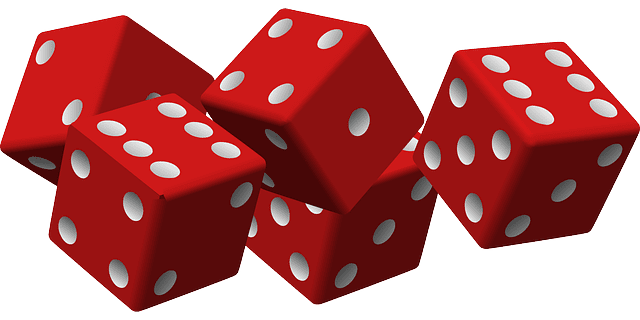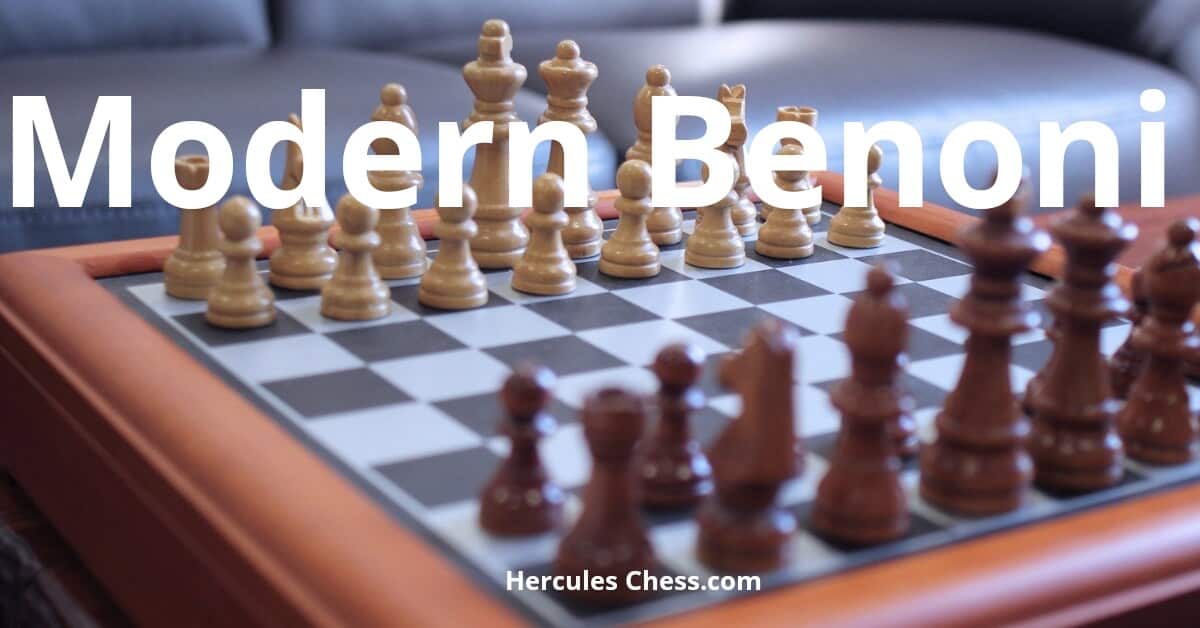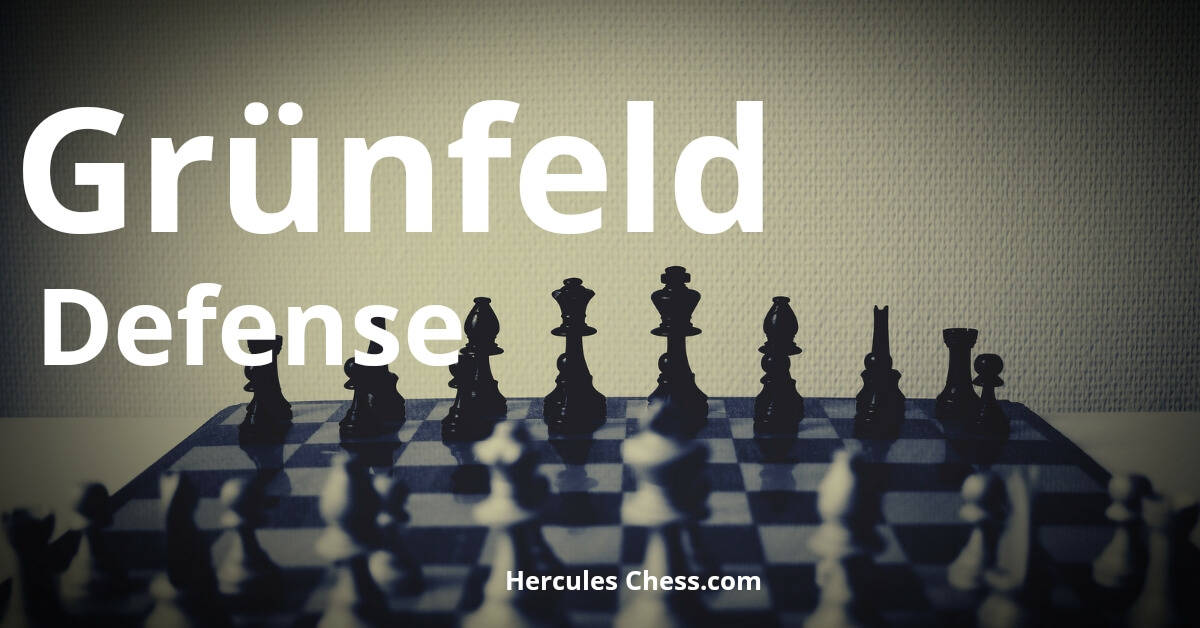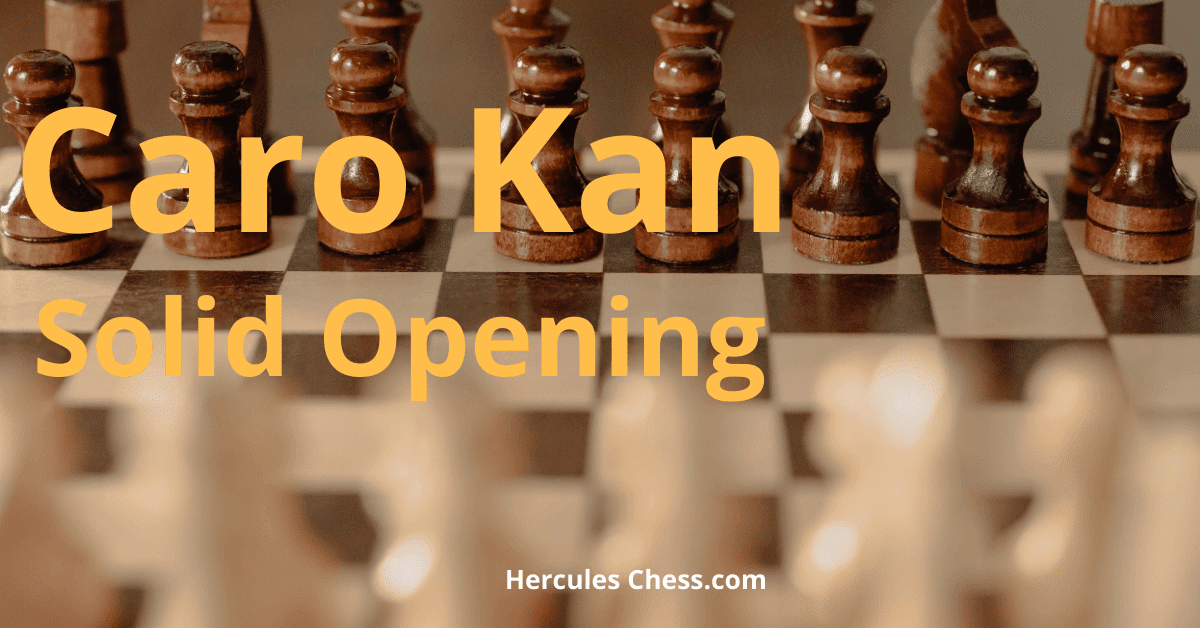Is Chess a game of luck or logic? In this article, we shall settle this dispute once and for all. Chess is a battle between two players with opposite goals in a limited space of 64 squares. Mathematicians call it a zero-sum game. This means that:
Whatever is good for one side is bad for the other
If one player takes a piece, the other player loses it. Similarly, when one side has more space, the other side has less. And so on…
Anything we do to improve our own position works against the opponent in an equal degree. Every little plus for us is a little minus for them. Advantages can add up. If we collect enough little pluses, the end result is a big plus. This strategy is the basis of positional play.
Wilhelm Steinitz, the first world chess champion, described the method as the accumulation of small advantages. According to this theory, a player can slowly build a winning position step by step through a logical approach. There is no rush to attack. In other words, it is not necessary to always play directly for checkmate. We can also win by simply making solid and logical moves that continually strengthen our position.
Is Chess a game of luck?
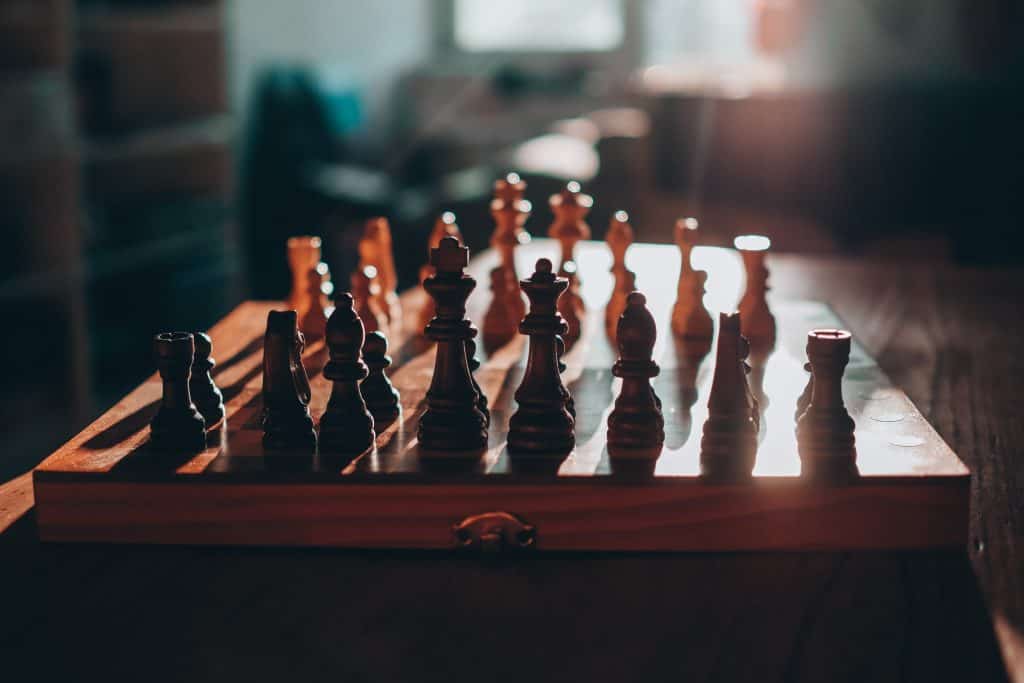
Chess is not a game of chance by any stretch of the imagination. There are no dice to roll, or cards to pick. Luck has nothing to do with it. Every move is your own decision. Win or lose, we alone are responsible.
Each player has the power to control what happens on the board. That’s why chess is so challenging. In an ideal world, both sides could make the best possible move on every turn. This is known as best play.
Of course, in real life, players make mistakes. Accuracy is a goal we can never achieve completely. The logical course of a game from any position is the way that it would continue and end with the best play. The balance of the position is the current standing in a game. Either the situation is equal, or one side has an advantage of a certain size.
With best play the balance of position remains the same
This basic truth was first recognized by Steinitz in the late 1800s. There are many conclusions we can draw from it:
- The balance of position can only change with inaccurate play.
- Once we have the better position, we can keep it with accurate play.
- A bad position will stay bad unless the opponent errs.
A player who has the winning advantage wants to keep the game on its logical course. Their opponent wants to steer the game in a different direction. Since the logical course is only altered by inaccurate play, and since mistakes are more likely to occur in complicated situations, the strategy for both sides is usually the following:
If you are winning, play safe and keep the game clear and simple. If you are losing, take risks and complicate the game.
Even though this strategy is correct, it often backfires on the second player. There is no guarantee that the player who stands better will be the one who goofs when things get tricky. However, if the position is bad to start with, there is nothing lost. You can only lose the same game once.
The initial position in chess is almost equal. White has a tiny edge because of the first move. But this is not nearly enough to win. There is a large margin of draw. Many endings with an extra pawn are drawn sometimes by stalemate; therefore:
- With best play, a game of chess ends in a draw.
- We can only obtain an advantage if our opponent plays inaccurately.
- A game cannot be won without a mistake by the opponent.
Related Post: How to avoid making mistakes in chess
Logical Planning In Chess
Mistakes and Fortunes
Every turn is another problem to solve, another decision to make, and another chance to go wrong. We encourage an opponent to err by making their choices difficult. Chess is tough. There is not always a single right answer. Even if there is, it is hard to find. We just have to strain our brains the best way we can.
When fortune smiles and the opponent does make a mistake, we must lead the game down the path of opportunity that they have given us. We don’t decide on which direction to go. We simply follow where their error takes us.
Planning Over Luck
Our plan should always correspond to the position. We have to read the board for clues on what to do. The balance of position and the type of advantage both tell us a great deal. Should we complicate or clarify, take chances or play solidly, open things up or keep them closed? It all depends on the nature of the position.
If we have a material advantage, a standard plan is to aim for the endgame. If the opposing king is weak, then we attack him. If our pieces have greater freedom, we open the position. Whatever our advantage is, it should always be the focus of our plan. When you have an extra pawn, search for a plan that uses that pawn. When your opponent has a weakness, find a plan that exploits it.
Winning a won game can be difficult. It’s not always obvious how to proceed when we have the advantage. Good defenders don’t play passively. Once they see their position is starting to fall apart, they refrain from awkward moves that attempt to hold it together. Instead, they make a concession. They give the opponent something(perhaps a pawn) to reach a stable position with active pieces.
One of the main goals, when you have a winning game, is to limit counterplay. Don’t think only of your own plans. Try to control the situation by denying the opponent any needless activity. A lot of headaches can be avoided if you take this careful approach.
Converting Advantages Into Win
There are many kinds of advantages. Not all of them are permanent. Given enough time, a player can often repair the damage to their position. However, it is possible to transform an advantage from one type to another. For instance, we give up an extra pawn or material to play for an attack (safety) or we abandon a lead in development (freedom) in order to establish a strong center (pawn structure).
A plan should always be flexible. In many positions, the only way to make the progress is to convert our advantages into another form. A chess game is dynamic. There is a continual flow of events from move one to mate. Each turn brings new changes to the position. A chess move is not an isolated act. It affects more than just the one piece that moves. Everything on the board is interconnected nothing happens out of luck.
Each move changes four things:
- Some new squares are attacked or defended by the piece that moves.
- Some squares are no longer attacked or defended by the piece that moves.
- One square is vacated, clearing the lines that pass through it.
- Another square is occupied, creating an obstruction.
Not all of these changes are important at every turn. But anyone of them could be decisive.
To learn more about planning in chess rather than relying on hope and luck, then be sure to check out “Your Winning Plan” by one of the top chess coaches/grandmasters.
